
The United Nations’ (UN) International Day of the World’s Indigenous People is observed on August 9 each year to promote and protect the rights of the world’s indigenous population. This event also recognizes the achievements and contributions that indigenous people make to improve world issues such as environmental protection.
Background
The International Day of the World’s Indigenous People is celebrated on August 9 each year to recognize the first UN Working Group on Indigenous Populations meeting in Geneva in 1982. On December 23, 1994, the UN General Assembly decided that the International Day of the World’s Indigenous People should be observed on August 9 annually during the International Decade of the World’s Indigenous People.
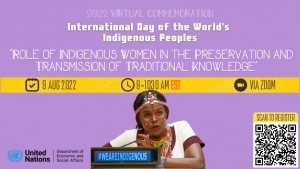 In 2004 the assembly proclaimed the Second International Decade of the World’s Indigenous People (2005-2014). The assembly also decided to continue observing the International Day of Indigenous People annually during the second decade. The decade’s goal was to further strengthen international cooperation for solving problems faced by indigenous peoples in areas such as culture, education, health, human rights, the environment, and social and economic development.
In 2004 the assembly proclaimed the Second International Decade of the World’s Indigenous People (2005-2014). The assembly also decided to continue observing the International Day of Indigenous People annually during the second decade. The decade’s goal was to further strengthen international cooperation for solving problems faced by indigenous peoples in areas such as culture, education, health, human rights, the environment, and social and economic development.
In April 2000, the Commission on Human Rights adopted a resolution to establish the UN Permanent Forum on Indigenous Issues that was endorsed by the Economic and Social Council. The forum’s mandate is to discuss indigenous issues related to culture, economic and social development, education, the environment, health and human rights.
Source: Text: timeanddate.com Images: yyccies.blogspot.com UN
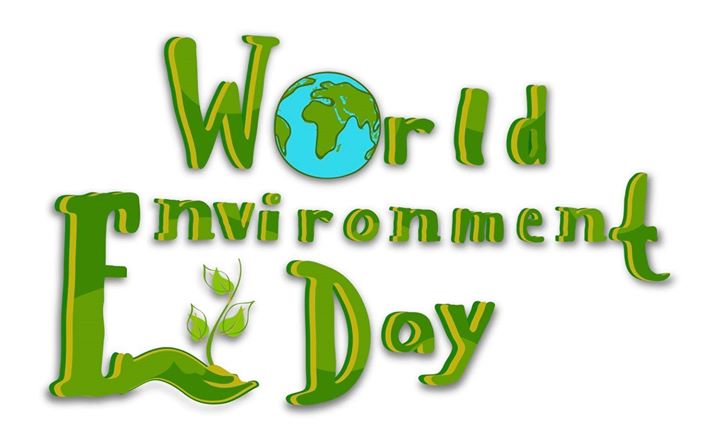
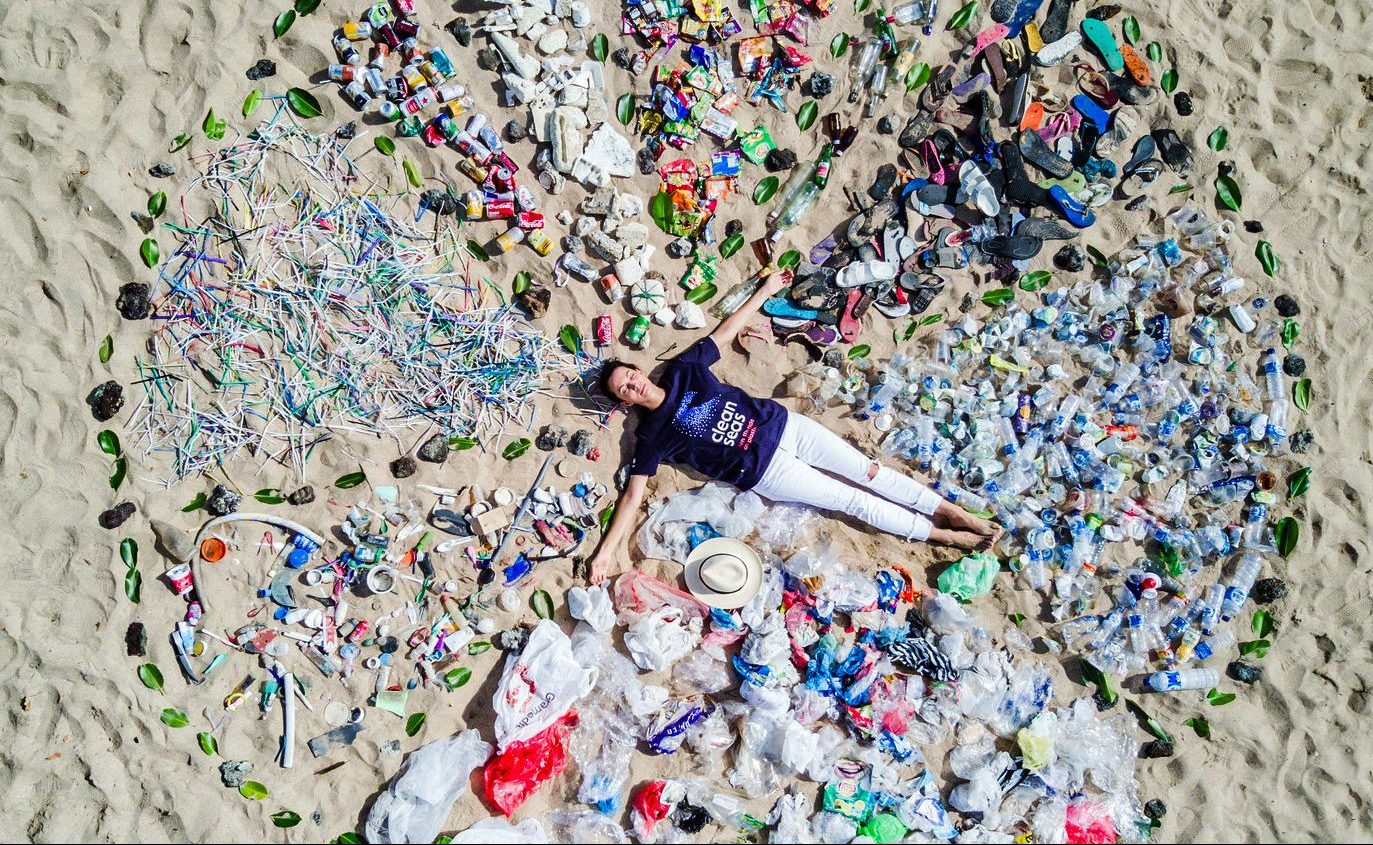 “Beat Plastic Pollution”
“Beat Plastic Pollution”

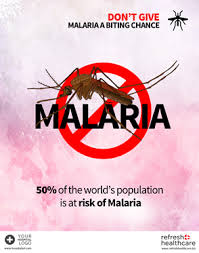 World Malaria Day gives people the chance to promote or learn about the efforts made to prevent and reduce Malaria around the world. It is observed on April 25 each year.
World Malaria Day gives people the chance to promote or learn about the efforts made to prevent and reduce Malaria around the world. It is observed on April 25 each year. The World Health Assembly instituted World Malaria Day in May 2007. The purpose of the event is to give countries in affected regions the chance to learn from each other’s experiences and support one another’s efforts. World Malaria Day also enables new donors to join in a global partnership against malaria, and for research and academic institutions to reveal scientific advances to the public. The day also gives international partners, companies and foundations a chance to showcase their efforts and reflect on how to scale up what has worked.
The World Health Assembly instituted World Malaria Day in May 2007. The purpose of the event is to give countries in affected regions the chance to learn from each other’s experiences and support one another’s efforts. World Malaria Day also enables new donors to join in a global partnership against malaria, and for research and academic institutions to reveal scientific advances to the public. The day also gives international partners, companies and foundations a chance to showcase their efforts and reflect on how to scale up what has worked. 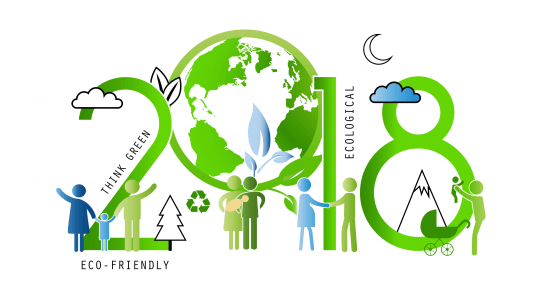 What is Earth Day?
What is Earth Day? World Health Day is celebrated every year on the founding day of the World Health Organization. Established in 1950 this event has a theme each year to draw attention to a current world health issue. The WHO puts together regional, local, and international events on this day related to that theme. Local governments also tend to jump on this band-wagon, after all, global health means everyone! On this day you may take some extra steps to care for your health, consider getting a gym membership (and going!), starting a diet, or starting multi-vitamins!
World Health Day is celebrated every year on the founding day of the World Health Organization. Established in 1950 this event has a theme each year to draw attention to a current world health issue. The WHO puts together regional, local, and international events on this day related to that theme. Local governments also tend to jump on this band-wagon, after all, global health means everyone! On this day you may take some extra steps to care for your health, consider getting a gym membership (and going!), starting a diet, or starting multi-vitamins!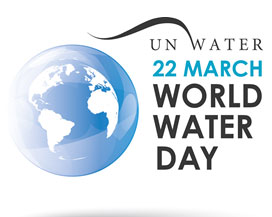 Water is an essential building block of life. It is more than just essential to quench thirst or protect health; water is vital for creating jobs and supporting economic, social, and human development.
Water is an essential building block of life. It is more than just essential to quench thirst or protect health; water is vital for creating jobs and supporting economic, social, and human development. About World Day of the Sick
About World Day of the Sick
